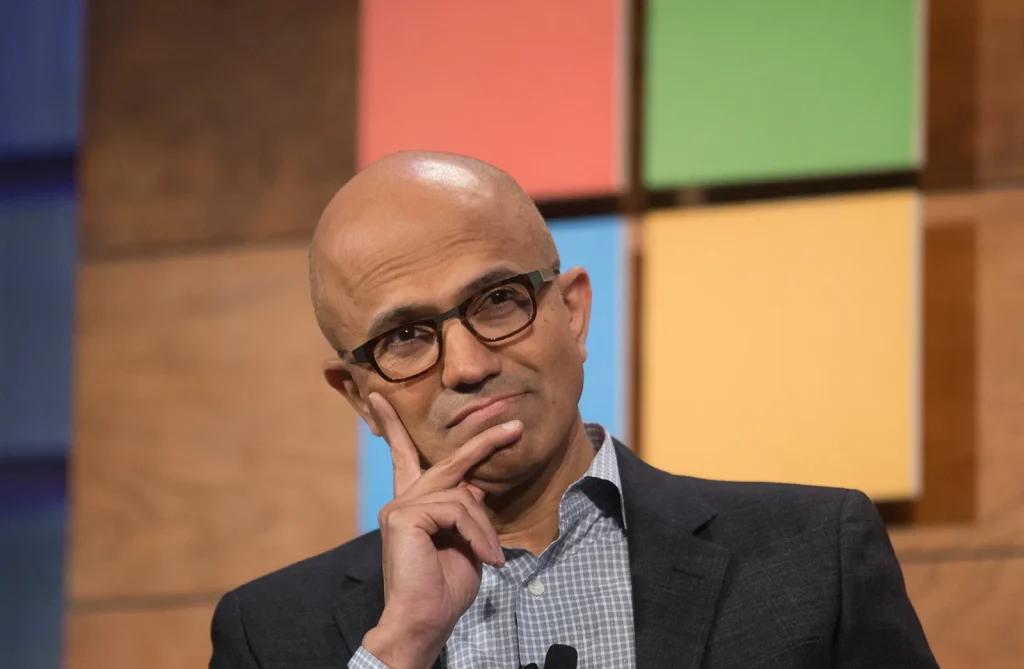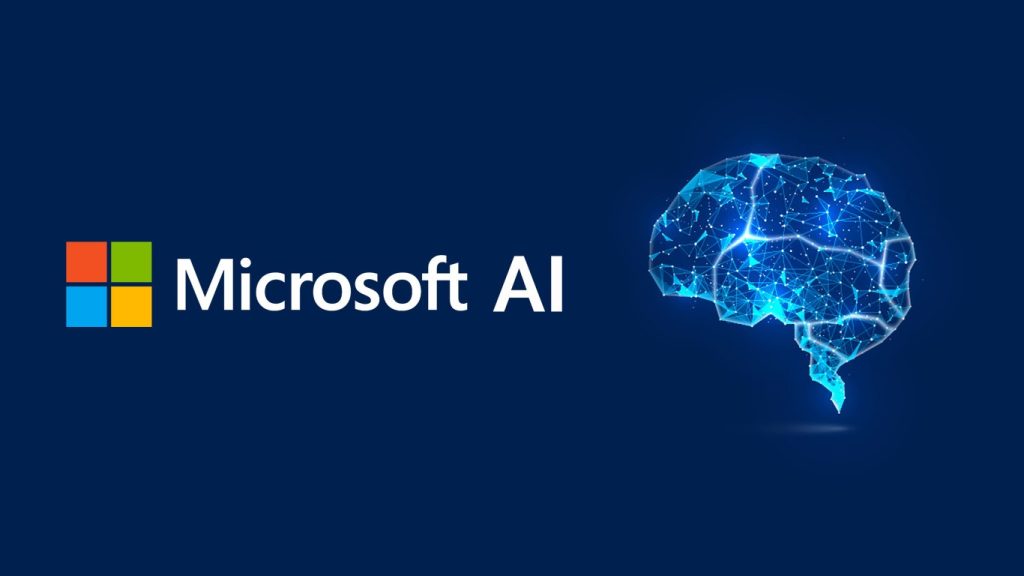
In a bold move that underscores Microsoft’s aggressive pivot toward artificial intelligence, CEO Satya Nadella has restructured the company’s top leadership to carve out more space for himself to dive deep into technical innovation. Announced via an internal memo on October 1, 2025, the changes position Nadella to lead the charge in AI science, datacenter expansion, and groundbreaking product development, while handing off day-to-day commercial operations to a trusted lieutenant.
Nadella, who has steered Microsoft since 2014, has already transformed the tech giant from a software behemoth into a cloud computing powerhouse, with Azure challenging Amazon Web Services and partnerships like the one with OpenAI propelling AI integrations across products like Copilot. Yet, as Nadella himself described in his memo, the company finds itself amid a “tectonic AI platform shift” that demands reinvention not just evolution. This latest shake-up is designed to balance the demands of scaling the existing commercial empire, which accounts for over 75% of Microsoft’s revenue through offerings like Azure, Microsoft 365, and Dynamics, with the urgent need to pioneer the next wave of AI-driven technologies.
Delegating the Commercial Helm to Judson Althoff
At the center of this reorganization is Judson Althoff, Microsoft’s executive vice president and chief commercial officer, who has been elevated to CEO of the newly defined Commercial Business unit. Althoff, a 12-year Microsoft veteran who joined from Oracle in 2013, has been instrumental in architecting the company’s global sales strategy and building Microsoft Customer and Partner Solutions (MCAPS) into a powerhouse growth engine. Under his expanded mandate, Althoff will oversee an integrated team encompassing sales, marketing, operations, engineering, and finance, fostering tighter collaboration to align customer needs with product delivery and support.
Key shifts include Takeshi Numoto, Microsoft’s chief marketing officer, now reporting directly to Althoff for commercial marketing efforts, while maintaining a dotted line to Nadella for broader business planning and corporate branding. Operations will also fall under Althoff’s purview, aiming to streamline feedback loops that ensure Microsoft’s enterprise solutions evolve in lockstep with client demands. Meanwhile, Chief Operating Officer Carolina Dybeck Happe remains reporting to Nadella but will partner closely with Althoff on overarching company transformations.
This structure not only accelerates go-to-market strategies and sales execution but also positions Microsoft as the premier partner for AI transformation, helping businesses blend human expertise with AI capabilities to redefine operations and boost productivity.
Nadella’s Shift to the AI Frontier
By offloading these commercial responsibilities, Nadella can now “be laser focused” on what he terms the “highest ambition technical work.” This includes spearheading massive datacenter buildouts to support AI workloads, advancing systems architecture, pushing the boundaries of AI research, and innovating products that harness the full potential of general-purpose AI technologies. Nadella emphasized that such technologies historically spark leaps in productivity and economic growth, presenting Microsoft with a rare chance to guide customers and the world through this paradigm shift.

The timing couldn’t be more critical. Microsoft faces intensifying competition from rivals like Amazon, Google, and emerging AI players, all vying for dominance in cloud-AI hybrids. Recent moves, such as unifying AI tool marketplaces into the “Microsoft Marketplace,” underscore the company’s commitment to developer-friendly ecosystems for Azure-based AI agents and applications. Nadella’s refocused role signals a “founder mode” approach, echoing trends among tech leaders who prioritize visionary R&D over operational minutiae to stay ahead in disruptive eras.
Broader Implications for Microsoft and the Tech Landscape
This leadership evolution comes against a backdrop of Microsoft’s fiscal 2025 triumphs, with commercial segments driving roughly $220 billion in revenue amid soaring AI investments. However, it also reflects the high-stakes nature of the AI arms race, where executional excellence and rapid skill-building are non-negotiable. As Nadella urged in his memo, every employee must embrace reinvention learning new skills, adapting workflows, and innovating “close to the metal” across the tech stack.
For investors and observers, the shake-up bodes well for Microsoft’s long-term positioning. By empowering Althoff to streamline commercial engines while unleashing Nadella on AI frontiers, the company is better equipped to navigate the dual imperatives of growth and innovation. In an industry where success is fleeting, this strategic realignment could solidify Microsoft’s edge, ensuring it not only survives the AI revolution but leads it. As Nadella put it, this is reinvention for Microsoft and a clarion call for the tech world to follow suit.
Last Updated on: Friday, October 3, 2025 11:41 pm by Tamatam charan sai Reddy | Published by: Tamatam charan sai Reddy on Friday, October 3, 2025 11:41 pm | News Categories: Business
